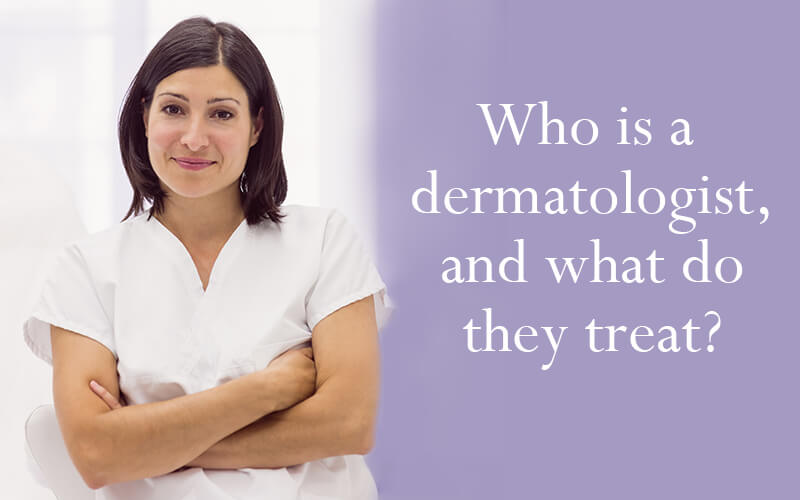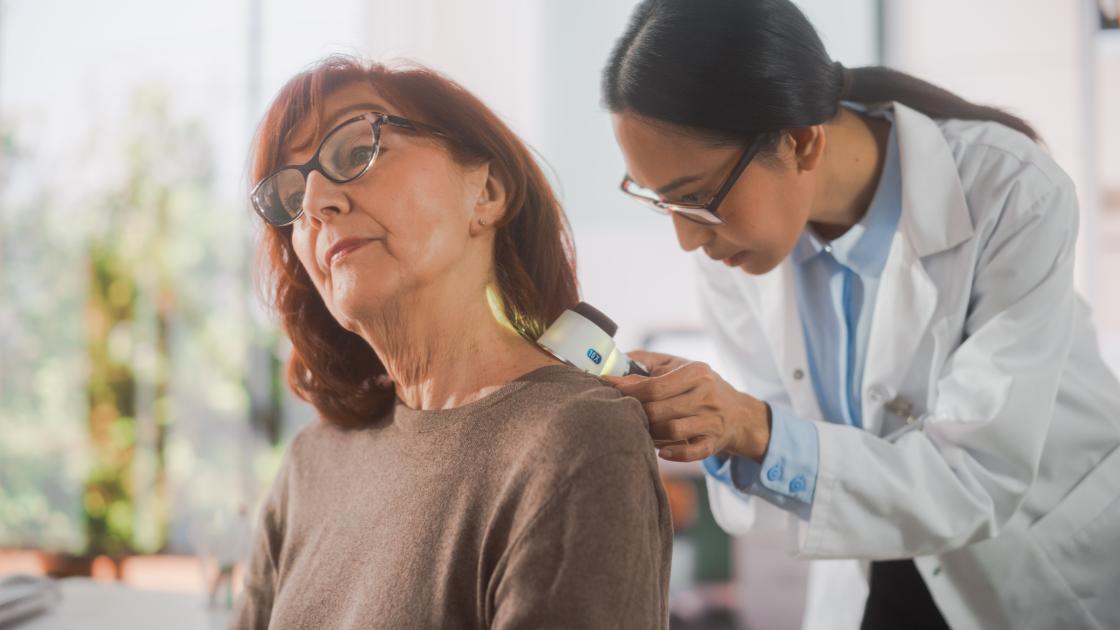In-Depth Dermatology Understanding: Attending To Acne Issues, Mole Issues, and Dermatitis Symptoms
When it concerns skin health, detailed dermatology expertise is crucial; it empowers individuals to tackle common skin problems such as acne, mole irregularities, and dermatitis with self-confidence. Recognizing acne treatments, recognizing prospective skin cancer cells signs in moles, and managing eczema triggers can significantly improve skin wellness - dermatologist near me. This short article will check out these subjects, offering an informative consider the science behind these common skin issues - an expedition that assures to enlighten and inform
Recognizing the Basics: What Is Acne, Moles, and Eczema?
While several people might recognize with the terms acne, moles, and dermatitis, recognizing what they in fact are is a various issue altogether. Acne is a skin disease identified by inflamed or infected oil glands, frequently visible as pimples or places, mainly on the face, back, and breast. Moles, on the other hand, are small skin developments brought on by collections of pigmented cells; they can appear anywhere on the body and vary in shade and size. Dermatitis, additionally understood as atopic dermatitis, is a chronic problem causing inflamed, scratchy skin, frequently occurring in response to toxic irritants or irritants. While these conditions are typical, they can have differing degrees of seriousness and effect on an individual's life.
The Scientific research Behind Acne: Causes, Types, and Treatments
The complex scientific research behind acne starts with recognizing its development system. This elaborate procedure, influenced by numerous aspects, causes different sorts of acne. The post will likewise touch upon efficient treatments available to manage and treat this common skin problem.
Acne Development Mechanism
A frustrating bulk of individuals will experience the usual skin condition recognized as acne at some point in their lives. Acne development starts with the overproduction of sebum, an oily material secreted by sebaceous glands in the skin. When these clogged pores ended up being contaminated with Propionibacterium acnes, a germs normally present on the skin, inflammation occurs, resulting in visible acne.

Effective Acne Therapies
Almost everybody will grapple with acne at some factor, making a clear understanding of effective acne therapies crucial. Various therapies target different aspects of acne, such as swelling, oil manufacturing, and germs. Topical treatments like benzoyl peroxide and salicylic acid can get rid of bacteria and unclog pores. Prescription antibiotics can deal with inflammation and microorganisms. For extreme situations, isotretinoin, a powerful drug, can reduce oil production. Non-drug therapies include light therapy and chemical peels. It's vital to bear in mind that not all treatments will certainly work for everybody, as acne's reasons and extent vary. Skin doctors often tailor treatments to individual requirements. Consistent use the chosen therapy and patience are vital to seeing improvement.
Mole Issues: Recognition, Evaluation, and When to Look For Clinical Focus
Moles, usual skin growths, call for cautious identification and routine examination for optimal skin health (mole removal). Identifying the normal look of one's moles, in addition to any changes that might occur, is critical. Trigger medical focus needs to be sought when specific indications, which will certainly be reviewed, are identified
Recognizing Mole Identification
How does one identify in between a harmless mole and one that may require clinical interest? First, recognizing the attributes of normal moles is critical. A common mole is typically rounded or oblong, has a smooth edge, and is no larger than 6mm in diameter. The color ought to correspond and can vary from pink, tan, brownish, or black. Moles normally appear throughout childhood or teenage years, and by adulthood, many people have in between 10 to 40 moles. Moles that transform in size, shape, or shade, come to be itchy or hemorrhage, or show up after age 30 can be alarming. These abnormalities do not automatically suggest skin cancer cells but are factors to consult a dermatologist. Recognizing mole identification is the primary step in skin health administration.
Doing Normal Mole Exams

Recognizing Crucial Medical Signs
When should one look for clinical attention worrying moles? It is vital to get in touch with a dermatologist once abnormal features are observed. These might consist of crookedness, irregular borders, click to read varying colors, a diameter larger than 6mm, or progressing size, form, or shade. Referred to as the ABCDE's of mole evaluation, these changes may direct to deadly cancer malignancy, a harmful form of skin cancer cells. Additionally, any bleeding, itching, or non-healing sores connected with moles require instant medical interest. An individual ought to likewise be careful if new moles appear after the age of 30 or if there's an unexpected boost in the number of moles. Routine self-examinations matched with address expert evaluations guarantee early detection and effective therapy of prospective skin abnormalities.
Dermatitis Explained: Reasons, Symptoms, and Taking Care Of Flare-Ups
Although dermatitis might appear as an easy skin inflammation to the inexperienced eye, it is, in fact, a complex dermatological problem with a multitude of prospective reasons. Dermatitis, additionally referred to as atopic dermatitis, is generally triggered by a combination of genetic and ecological variables. Taking care of dermatitis generally involves recognizing and staying clear of triggers, maintaining a good skin care routine, and using prescribed treatments.
Practical Skin Care Tips to Stop and Handle Acne, Moles, and Dermatitis
Comprehending and addressing skin problems such as acne, moles, and eczema require useful and reliable skin care habits. A well balanced diet abundant in antioxidants can boost skin health and wellness and lower swelling, potentially minimizing acne and dermatitis seriousness. Normal skin checks assist in very early mole detection, possibly preventing skin cancer cells.
Professional Dermatology Treatments: An Introduction of Modern Solutions
What are the modern options offered by specialist dermatology treatments? Skin doctors today have a broad selection of efficient therapy options to handle numerous skin problem. For acne, retinoids and prescription antibiotics are suggested to control the problem, while chemical peels and laser treatment are utilized for extreme cases. With moles, expert elimination is performed if they present a wellness risk. This can be done with informative post medical excision or laser elimination. On the other hand, eczema is commonly treated with topical corticosteroids to handle symptoms, and photo-therapy for consistent instances. In addition, advancements in biologics have actually revealed promise in treating serious dermatitis. All these treatments are under the professional support and treatment of dermatologists, guaranteeing risk-free and efficient administration of skin disease.
Final thought
Recognizing skin-related worries like acne, mole irregularities, and eczema is vital for reliable therapy. Acne monitoring needs understanding of different treatment choices, while mole evaluation can cause very early discovery of skin cancers. Eczema administration includes determining triggers and implementing suitable therapies. Thorough dermatology knowledge is critical for stopping and managing these skin problems, highlighting the demand for expert skin doctor care to enhance skin health and wellness.
Comments on “Book a comprehensive skin cancer check to ensure peace of mind regarding your skin health.”